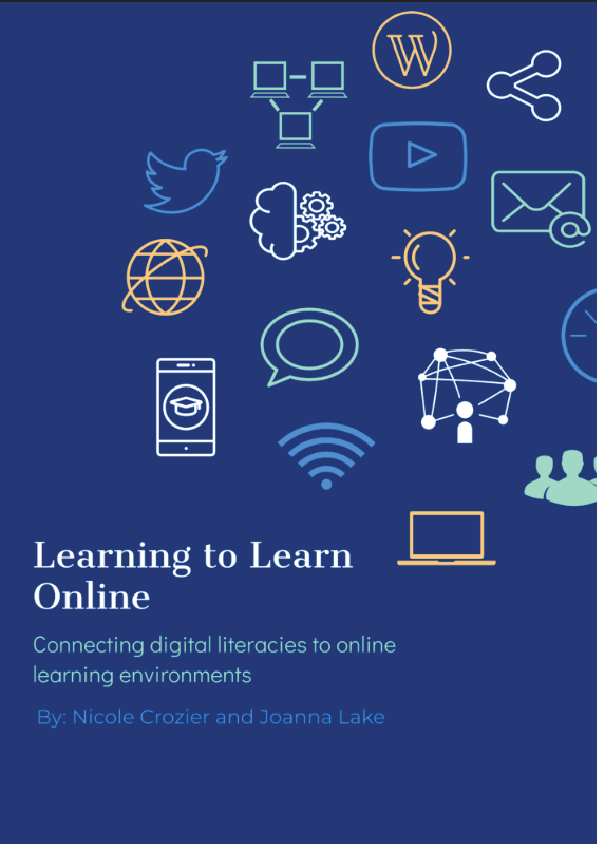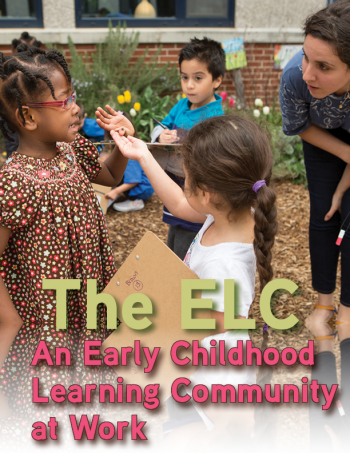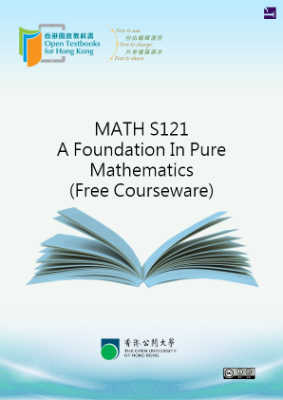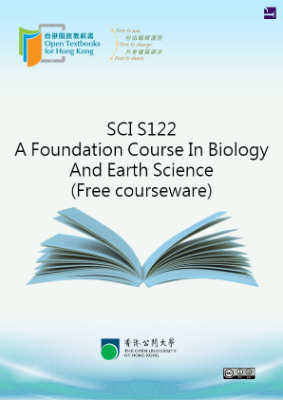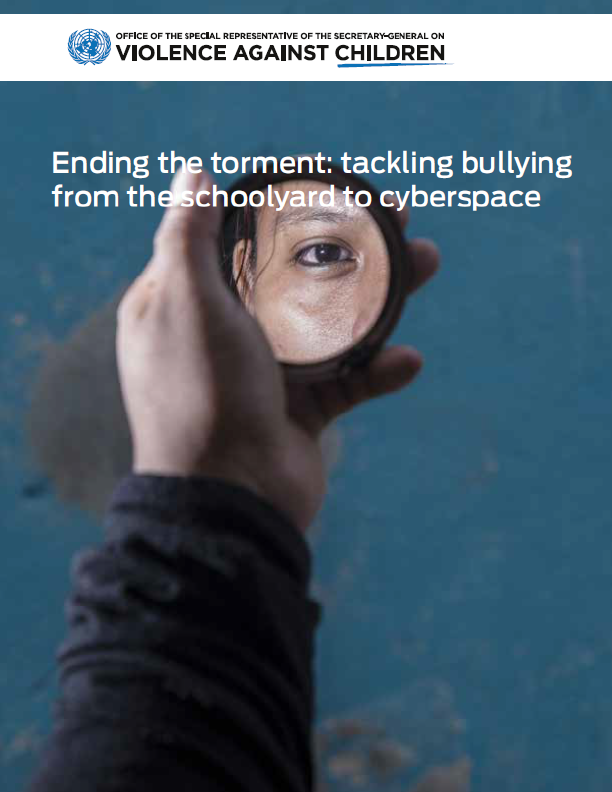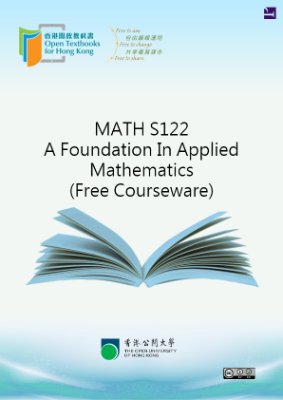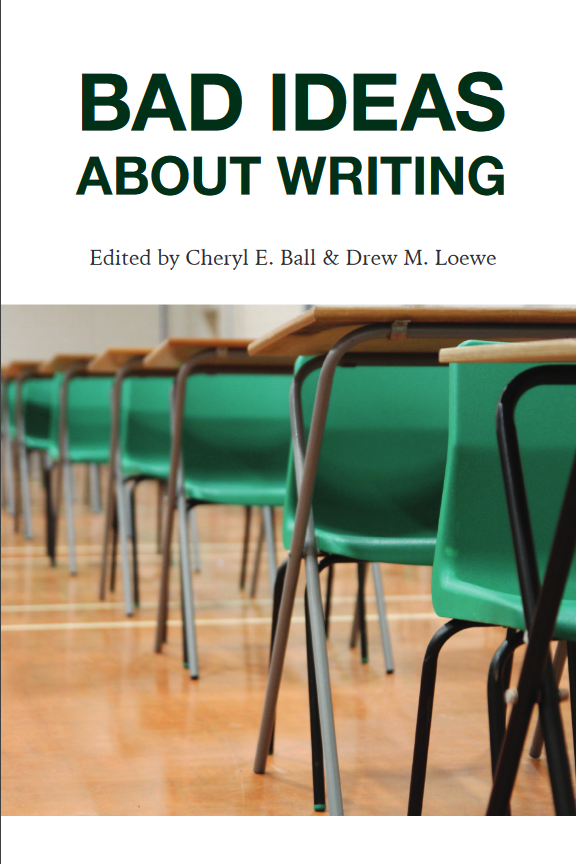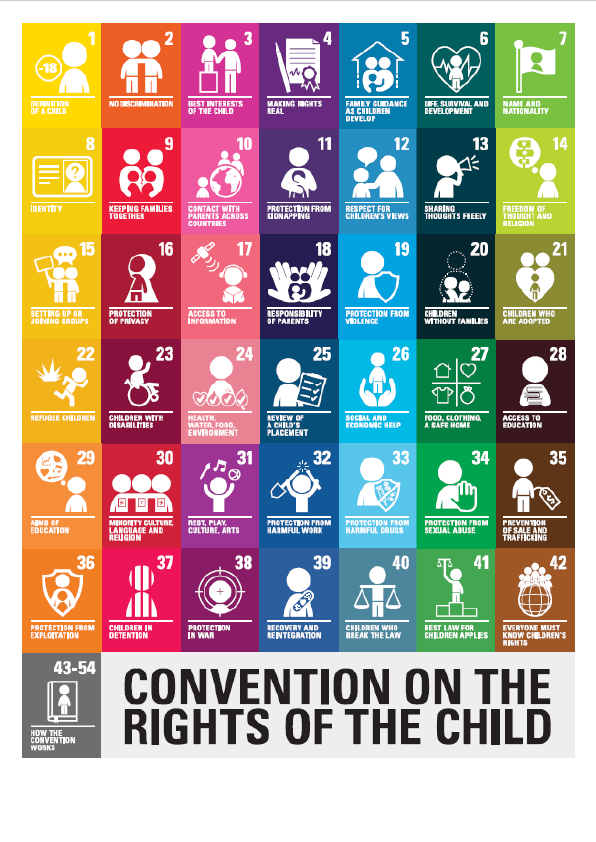To survive and thrive in online learning environments, the learner needs to have a basic level of digital literacy. This includes possessing the skills and knowledge to navigate the tools used to deliver course content, accessing communication skills in order to make connections and collaborate with others with others, finding and evaluating information on the internet, and so forth. While it may be possible to complete a course with limited digital literacy, the greater a learner’s digital literacy, the richer the learning experience will likely be.
There are numerous digital literacy frameworks available to serve the diverse needs of our global community. For this project, we have chosen to explore JISC’s digital literacy framework, which outlines seven key elements: media literacy, communications and collaboration, career and identity management, ICT literacy, learning skills, digital scholarship, and information literacy (JISC, 2014). When researching frameworks, we felt the JISC framework was clear, concise, and encompassed the skills and knowledge we felt, through our career and educational experiences, were important for online learners.
In this section, we take a deep dive into each of the seven digital literacies. For each literacy, we’ll explore how it relates to the online learner and how they can benefit from strong literacy in this area. We will then examine Learning to Learn Online through the lens of the literacy in question, examining how the literacy is required for the learner to complete the MOOC, and how the MOOC explicitly teaches that literacy through the curriculum. It is important to note that the MOOC was not built using JISC’s digital literacy framework as a foundation, and the chapters that follow offer a new perspective of the MOOC.
Media literacy refers to the ability to “critically read and creatively produce academic and professional communications in a range of media” (JISC, 2014). Digital media may include formats such as podcasts and videos, and various forms of text-based content, including blogs, discussion forums and even social media. Online learners need to be able to read a variety of types of online content, listen to podcasts, and/or watch videos, and extract meaningful information. They need to understand the difference in how to approach writing a journal article vs. a blog post vs. a tweet, and how to tell stories and convey information in a podcast or video format. In order to succeed online, learners must be able to consume and create content in the various forms of media offered by the online space.
Throughout the MOOC, learners are expected to demonstrate media literacy. While much of the course content is delivered via text-based content, learners are also expected to learn using additional media formats throughout. Each module starts with a video from the main instructor, in which she explains what to expect in the module, and guest videos are also used to explain concepts in several areas of the course. Slideshows are used to reinforce concepts a few times, and the course links out to external websites on several occasions. The MOOC also expects learners to contribute to the course through a variety of media; several reflection activities ask learners to find images, videos and external websites that support a specific concept.
